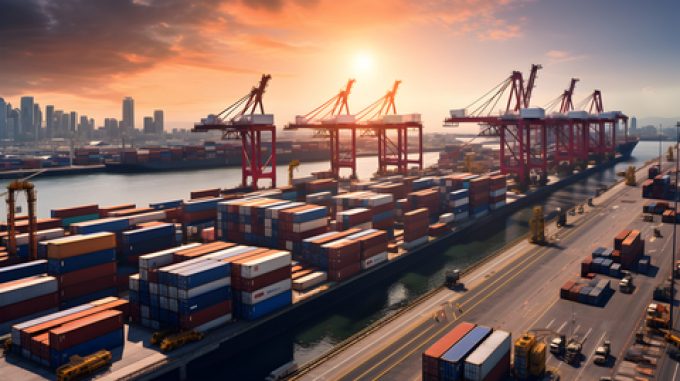MSC revamps east-west network as alliance strategies on blanking vary
As container lines try to manage capacity in the face of wild swings in short-term ...

Shipping’s response to the Red Sea crisis is to reduce capacity to an extent far exceeding expectations, leading to a situation in Europe for Asia-Mediterranean traffic not seen since the pandemic, according to some analysts.
According to Xeneta, new transhipment networks, meant to reduce the impact of Red Sea diversions, are instead adding to it by creating congestion. Deploying more smaller vessels has contributed to an increase in wait times.
The Loadstar recently reported that carrier giants such as Cosco and Evergreen ...
Keep our news independent, by supporting The Loadstar
Volume surge and an early peak season? 'Don't celebrate too soon,' warning
Container spot rates diverge: to Europe still falling, but firmer to the US
Hapag-Lloyd won't take bookings if port congestion leaves cargo stranded
Ecommerce likely the front-runner in resurge of transpacific trade after deal
China-US trade tariff pause could drive a rebound for transpacific rates
Service chaos from trade ban with India a problem for Pakistan shippers
Airfreight rates ex-China 'loss-making', but hopes of a trade deal stay high
Carriers impose 'emergency operation' surcharges on Pakistan cargo
Serious threat to jobs in US logistics as tariffs cause economic 'stagflation'
Shippers should check out the 'small print' in China-US tariff cuts
15% rebate for box ships as Suez Canal Authority woos carriers
White House u-turns see freighters flying but keep logistics players on their toes
MSC in terminal switch as Nhava Sheva gets strong start to new fiscal year
Peak season or recession? Forwarders and shippers need to 'stay flexible'
Volga-Dnepr claims 'pirate' Canada has 'hijacked' its stranded aircraft

Comment on this article